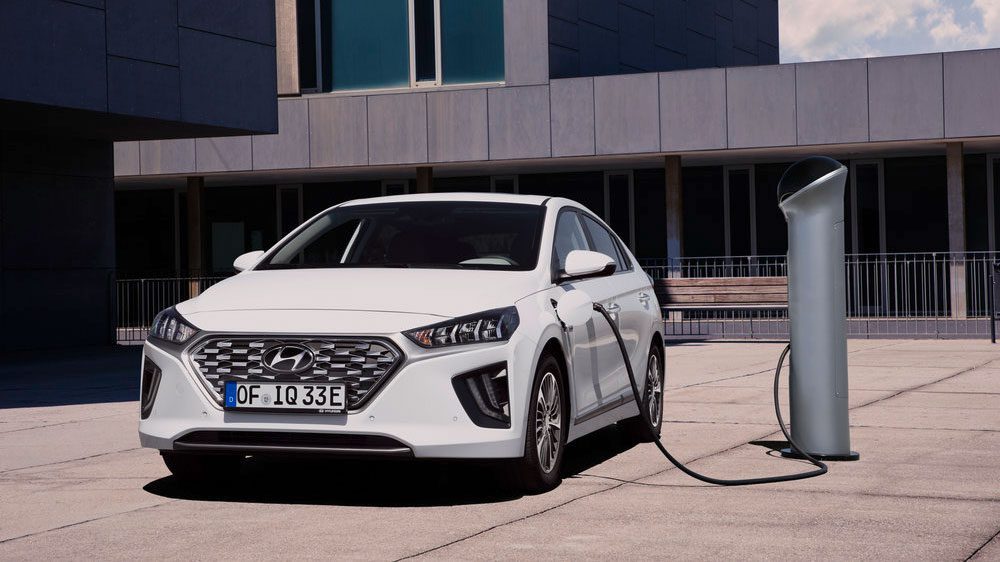The Clean Energy Finance Corporation is to invest $3.5 million in emerging EV infrastructure group Jet Charge, to help fund its efforts to make electric vehicle charging smarter and even pursue vehicle-to-grid options.
But even as it announced the welcome support to crucial transport and grid infrastructure, the Morrison government dug deeper into its hostility for any sort of EV adoption targets for Australia and doubled down on some of its discredited election-era rhetoric.
The CEFC investment, part of a Series A funding round of $4.5 million, will enable Jet Charge to develop ways to encourage drivers to install “smart” home charges that will help the grid see when and where cars are charging, and even enable EVs to send services back to the grid.
“To date, we’ve tried to make sure that anybody who wants to charge their EV, can. However, we need a step change in how we think about EV charging infrastructure if we want mass EV adoption,” says Jet Charge CEO Tim Washington.
“The biggest long-term barrier to EV uptake won’t be model availability, price, or battery life. It will be the ability to cost effectively, intelligently and safely integrate those EVs into national electricity grids, to maximise the use of renewables while ensuring EVs support a stronger electricity grid.”
But any hopes that the Morrison government would use the occasion to signal increasing support for EVs were quickly dashed.
In announcing the CEFC contribution, energy and emissions reduction minister Angus Taylor made it clear there would be no EV targets in the government’s upcoming EV policy (now due at the end of the year).
“What the Government won’t do is tell Australians what kind of car they can and can’t buy, or introduce a tax to meet an electric vehicle target,” Taylor said in a statement announcing the funding support.
Worse, he used the announcement to repeat a discredited claim about the impact of Labor’s election policy (which was for a 50 per cent share of EV in new car sales by 2030).
“Labor’s policy to force Australians to buy electric vehicles will increase the cost of buying a new car by as much as $5,000,” Taylor said.
“The Government’s support for the uptake of EVs is driven by consumer choice. We are taking practical action to address barriers to EV uptake so that Australians who choose to adopt new technologies can.“
The CEFC funding – delivered through the Clean Energy Innovation Fund – will be supported by an additional $1 million from private investors and industry led by Car Sales founder Greg Roebuck.

Washington believes a key to the uptake of EVs is to remove the worry and risk of upfront costs, technology maintenance and warranty by providing a solution to electric vehicle drivers in the form of a service.
“Right now when you purchase a vehicle, the natural next step is [to buy] a charging station,” Washington told The Driven. But the problem is that most drivers install the cheapest option – what might be referred to as a “dumb” charging station.
The worst case scenario of installing dumb charging stations is that grid providers will eventually say they cannot be installed, because they cannot see what is causing stress on the grid at a particular location or time.
Washington likens the “charger-as-a-service” to a cable TV box, and suggests that drivers should be rewarded by cheaper charging rates for charging at times of low demand – which Jet Charge intends to negotiate with electricity providers.
“We’re trying to say to those companies that deliver power, ‘what if we can guarantee that [the electric vehicles] don’t charge when grid is under stress. Can you give them cheaper charging rates?'” says Washington.
“But it’s useless to have that conversation if people don’t have smart chargers, or have a backend system to integrate the chargers to the grid.”
CEFC chief executive Ian Learmonth says it is innovative solutions such as these that will be at the heart of a clean energy transition.
“The more we transition our economy to low emissions solutions, the more we see innovative and new thinking accelerating even more change,” said Learmonth in a statement.
“With more Australians putting solar PV on our rooftops and with an increasingly cleaner electricity system, we can power our electric vehicles with clean energy made even more efficient with smart charging infrastructure such as that created by Jet Charge.”
Australia’s electric vehicle transition may still be in its infancy (just 6,718 electric vehicles were bought in 2019, tripling 2018 sales), but Washington believes that this gives Australia an opportunity to prepare to balance the needs of the grid with the needs of a clean transport future led by electric mobility.
“Despite our slow uptake of EVs, Australia can still be a global leader in charging infrastructure integration, by showing the world how to balance our EV fuelling needs with renewables, stationary storage and an ever-changing electricity grid,” Washington said.
“EVs are here to stay, and the question for us as a country is whether we want to lead some part of that revolution, or if we just want to sit back and watch.”

Bridie Schmidt is associate editor for The Driven, sister site of Renew Economy. She has been writing about electric vehicles since 2018, and has a keen interest in the role that zero-emissions transport has to play in sustainability. She has participated in podcasts such as Download This Show with Marc Fennell and Shirtloads of Science with Karl Kruszelnicki and is co-organiser of the Northern Rivers Electric Vehicle Forum. Bridie also owns a Tesla Model Y and has it available for hire on evee.com.au.

